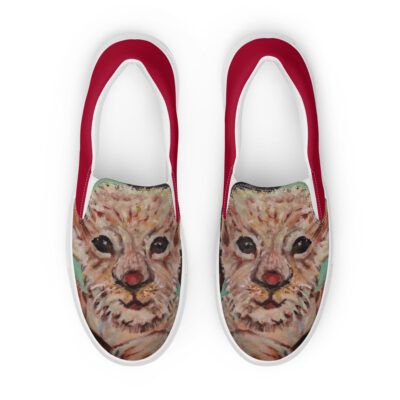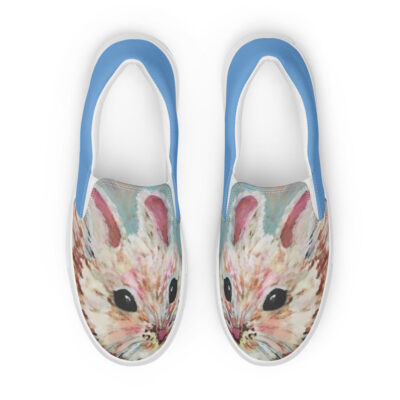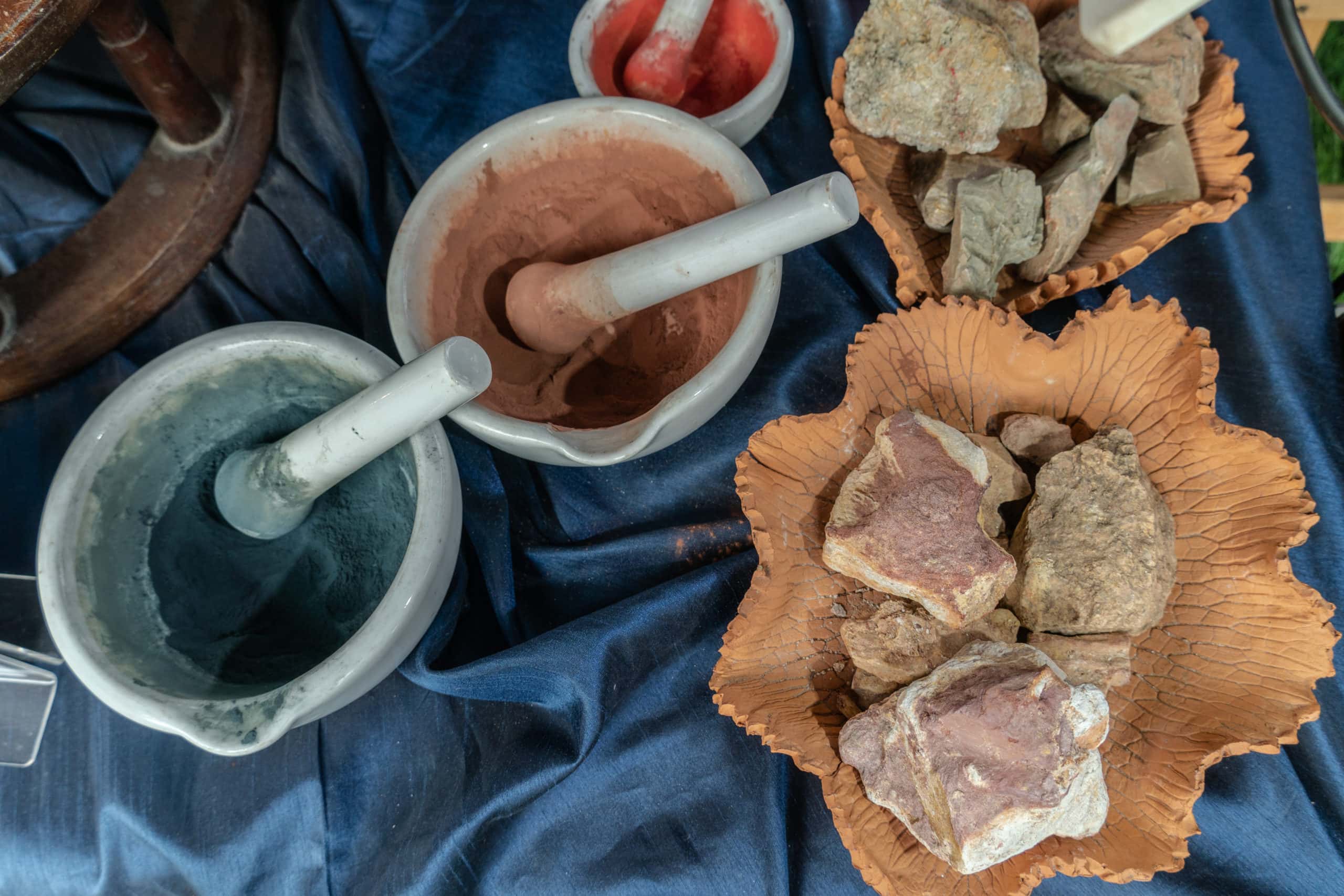When you think of the artist Christo, what comes to mind? His wrappings of famous landmarks? Coating entire islands in pink fabric? Or what above the soulmate-like love he enjoyed with his wife, Jeanne Claude?
In a period where art was made to be cherished, hung up, and kept away, Christo went against the grain. His masterpieces were made to be appreciated, observed, and even walked on, but they could never be sold.
The Story of Christo
Christo Vladimirov Javachef was born in 1935 in Bulgaria. He studied in the town of Sofia and defected to the west, traveling to Vienna in 1957. Not long after that, he found himself in Paris, France. This was where he met his wife, Jeanne Claude Denat de Guillebon. It was later revealed that the couple shared the same birthday, a face that made their love seem even more legendary than it already was.
It’s safe to say that both Christo and Jeanne Claude were visionaries beyond their time. They were two artists willing to look at the ordinary and turn it into something breathtaking and extraordinary in the most unorthodox ways. They were never afraid to think outside of the box, and every piece of art they created reflected this larger than life mindset.
One of the things that made this couple remarkable was the way they financed their work. Many artists accepted money for their artwork, but not Christo and Jeanne Claude. The pair was known for refusing grants, scholarships, donations, and even public money. Instead, they chose to finance their work through their tory drawings.
Christo Changed the Definition of Art
You cannot think of Christo without acknowledging how he and Jeanne Claude changed the way humans looked at sculptures and sites. Their most well-known sculptures consisted of wrapping some of the most well-known historical sites in tons of fabric.
While the wrappings were the main display of each piece of art, it never went unnoticed how much time and effort was spent cutting through thick yards of bureaucratic tape.
They described the inspiration of their projects to come from “joy and beauty.” However, Christo and Jeanne Claude were not ignorant of the political climates of their time.
Among some of Christo’s first wrappings were oil drums, as these were cheap and relatively easy to get his hands on. These were the same oil drums that he and Jeanne Claude used to barricade a street in Paris in protest of the Berlin Wall.
While many artists today may not barricade a street, it’s safe to say that hundreds have learned from Christo to speak up for what they believe. Newer artists emerging on the scene must have felt that he redefined the true meaning of art.
Christo’s Persistence Is Rewarded
Christo didn’t stop there. During the 1970s, he returned to Berlin, and for good reason. He was drawn to the Reichstag, which had been left alone for decades after the fire of 1933. Christo and Jeanne Claude spent almost 20 years appealing to the government for the opportunity to work on the site.
Other artists may have given up and written this project off as a lost cause, but not Christo. At times, it can be hard to decide what his art form was. Was it his breathtaking artwork or his steely persistence to get them done?
Whatever the case, Christo never gave up. Many of his art pieces required years of petitioning to see them come to fruition, but he never stopped trying.
For up-and-coming artists, he serves as a source of inspiration to make the world your canvas, all while keeping environmental safety at the forefront. They often left landmarks in better condition than they were before. This worked to remove any concerns about the impact their art pieces would have on the landscape.
An example of this occurred in 1969 when the couple created the largest single artwork of their time in Sydney, Australia. Officially known as Wrapped Coast, the couple sheathed the coast and cliffs of Little Bay in grey fabric. The coast was wrapped for ten weeks, and then all the material was removed, recycled, and returned to its previous condition.
Christo Lives On Through His Work
On the day of Christo’s death, there was a milestone number of social shares attributed to keywords using art causes. While the purpose of art has seen changes over the years, Christo changed the way millions of people looked at art.
Like every artist, Christo wanted to leave lasting impressions in the minds of his viewings. If they asked, “But why?” he felt that he had accomplished the purpose of his art.
Even as art lovers, people may visit dozens of museums and never ask why the art exists. Not with the works of Christo. He invented entirely new forms of art and used venues that were deemed untouchable; if you didn’t ask why then, perhaps you weren’t thinking enough.
Even though his works were always temporary, you were forced to think about the why during their existence. The couple described their work as “borrowing space and creating gentle disturbances for a few days.” Long after their wrappings had been taken down and discarded, the images lived on in the minds of those left behind.
Christo seemed to achieve what every artist wants. To push the social standards and norms of what art is, and to be remembered for that work long after they have passed.
Even after Jeanne Claude died in 2009 from a brain aneurysm, Christo kept creating projects that excited and baffled their viewers.
While his place in art history is met with controversy, Christo redefined the way millions of people looked at art. His works and legacy will live on, and it’s safe to say that there will never be another Christo.












